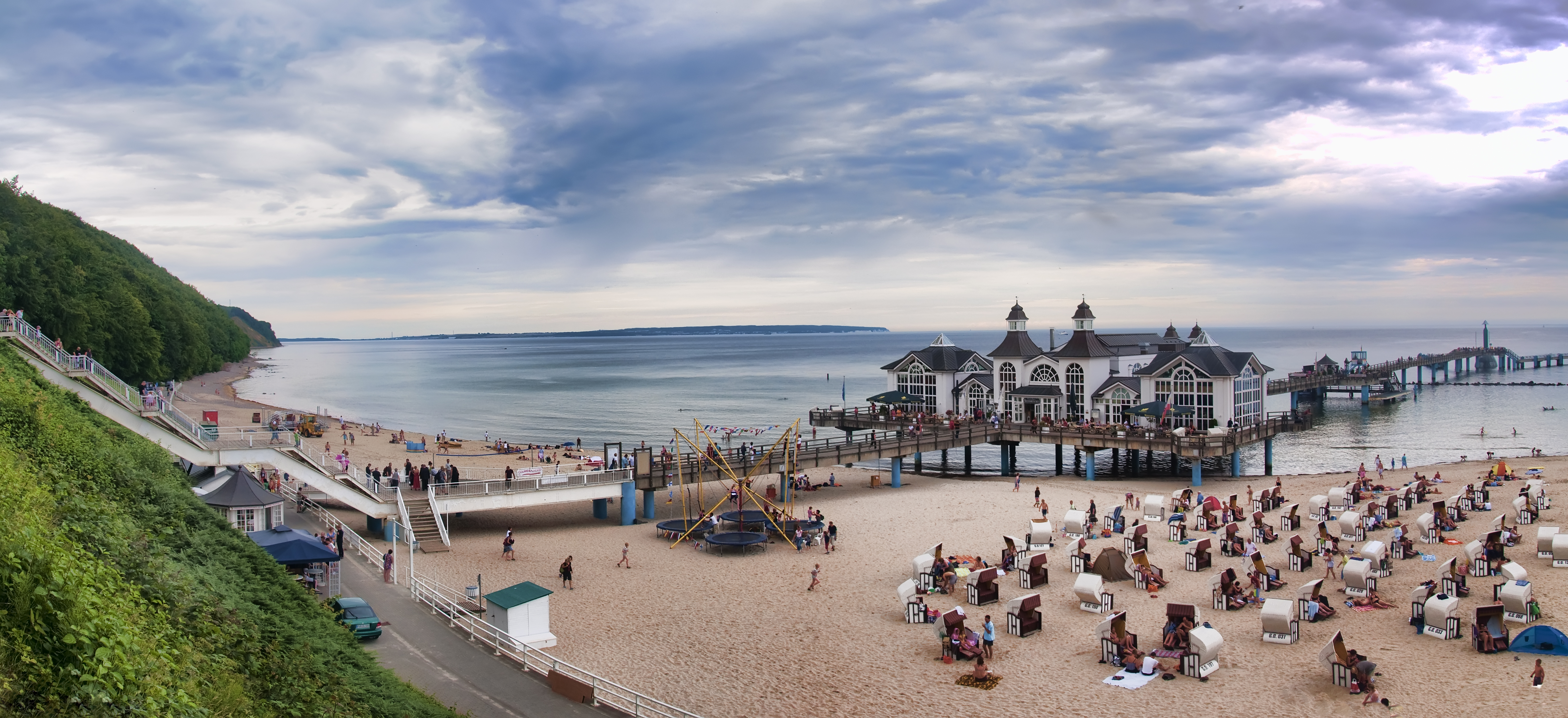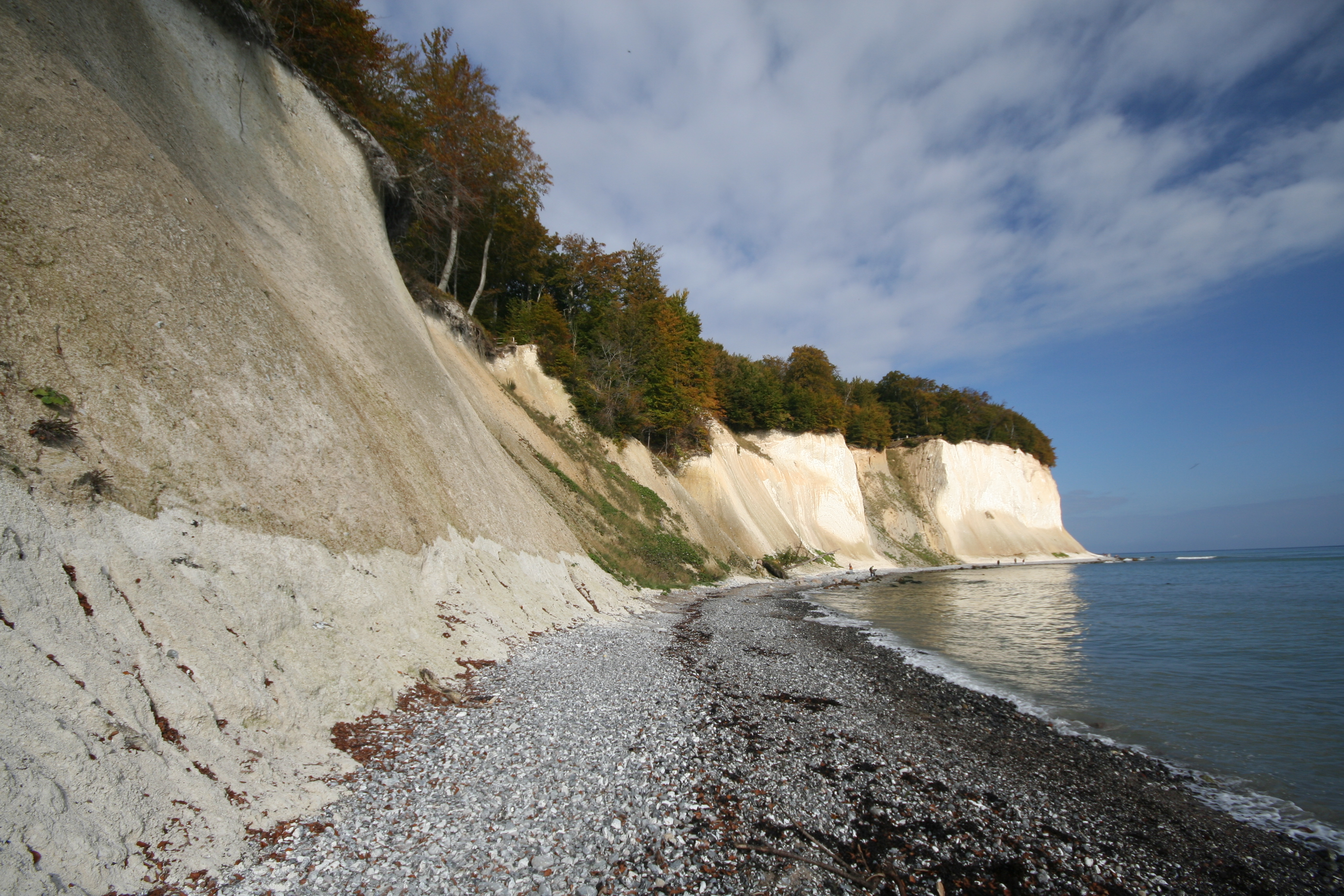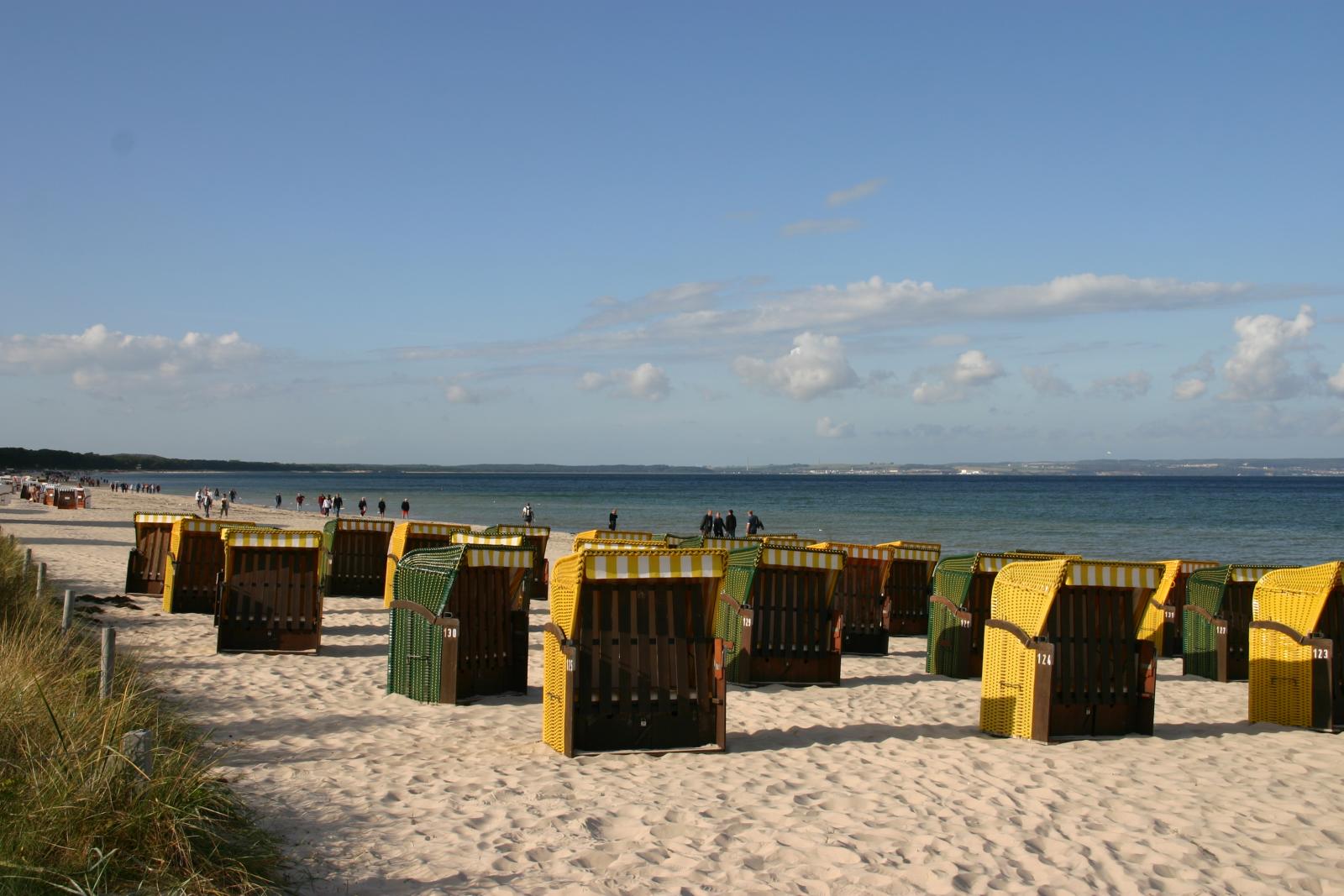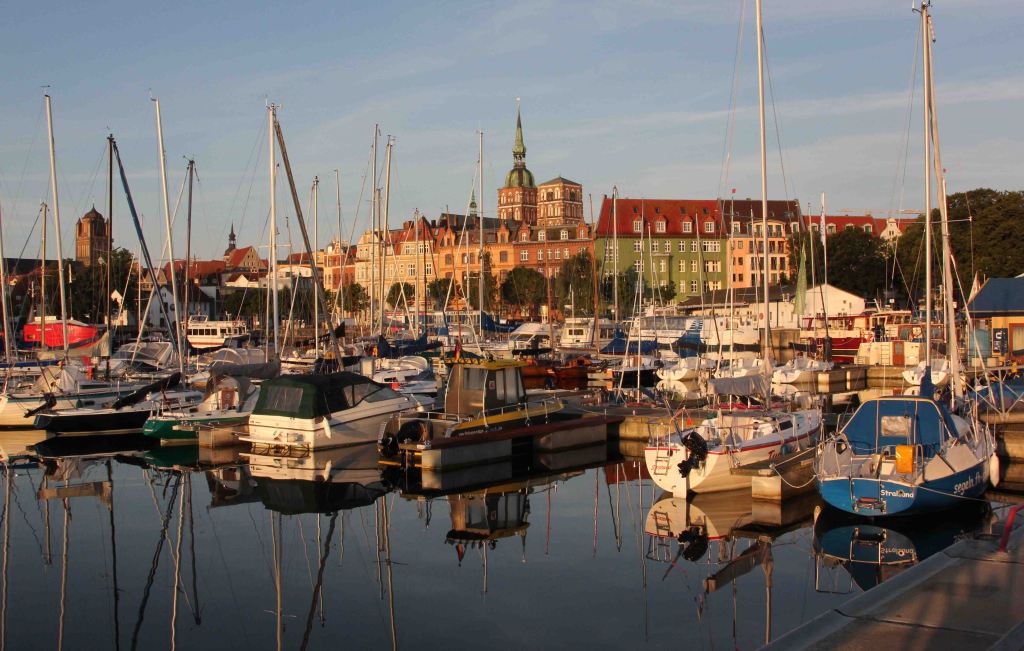In my new series on hidden gems in Germany I am highlighting
some of the destinations that most visitors don’t include in their itineraries,
even though they are remarkable places of great beauty. They are all places I
recommend people visit on a trip through Germany – so if you are planning to
travel in my home country, I suggest including these places, which are all easy
to get to on public transportation and can be combined with other famous
tourist destinations in Germany.
Read
on to find out more about my first recommendation: Rügen Island. I
am pretty sure that most of you have never heard of this little island, located
in the Baltic Sea on Germany’s northern coast, connected to the mainland with a
bridge. So why don’t we let the island introduce itself in a little video?
Places to visit in Rügen Island
Rügen Bridge and Rügen Causeway

In the Baltic Sea, Rugen Island happens to be the biggest island in Germany,
linked with the landmass by the Rugen Bridge and Rugen Causeway. Wonderful
cottages, loving beach hotels and wonderful seashores all attract tourists to
Rugen Island.
Jasmund National Park ( white-sand beach )
In addition to serene white-sand beaches, the island is home to Jasmund National Park which makes for great day hikes and was even declared UNESCO World Heritage Site in 2011, thanks to its outstanding natural beauty. The National Park includes the massive 120 meters/390 feet steep and truly breathtaking King’s Chair White Cliffs – a place you can’t miss on a visit to the island. The 45 meter/148 feet high Cape Arkona marks the northernmost part of former East Germany and features two lighthouses, and makes for a splendid hiking destination.

Jagdschloss Granitz
Another must is the beach promenade of Binz, a gorgeous seaside town, best explored on a long walk or bike ride. Putbus is the oldest holiday resort on the island, these days an impeccable little village, beautifully restored and lined with white villas that give the town its nickname ‘White City’. Beyond Putbus on the far south eastern coast of the island is the Jagdschloss Granitz, a hunting lodge that looks more like a fairytale castle and offers splendid views over the Baltic Sea shore from its tower. You can walk the 12.5 kilometers from Putbus to the Jagdschloss – it takes about 2.5 hours to get there on foot. If you prefer cycling, there are around 200km of cycling paths on the island, and pedaling across the island is a great way to explore Rügen. There are bike rental places in all of the bigger towns and hostels.
Rustic narrow-gauge steam train
If you don’t feel all that active, jump
on the Rushing Roland (Rasender Roland), a rustic narrow-gauge steam train that
runs from Göhren to Lauterbach Mole, a 24km ride that passes lush forests,
poppy seed fields and deserted beaches.

Typical German canopied sunchairs
A visit to Rügen is not complete without
a visit to one of its gorgeous beaches. A particularly picturesque beach with
the typical German canopied sunchairs(Strandkörbe) can be found north of the town of Göhren, so if you decide
to hop on the train, you can combine the ride with a beach visit before or
afterwards.

I also went there with my host family many times because in this island have a lot of things to do, for example: hiking, biking tour, trekking etc. We usually went to this island for hiking, biking, trekking, picknick with friends and chill. There have a wunderful natures and a lot of things that you can do with family. I think it's a great island to take a vacation.











